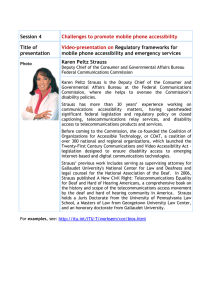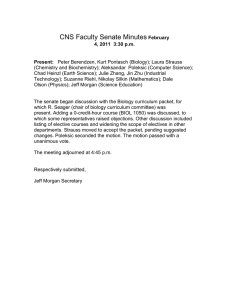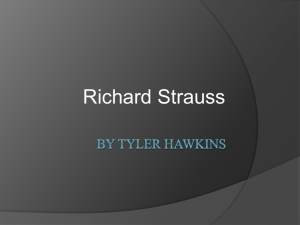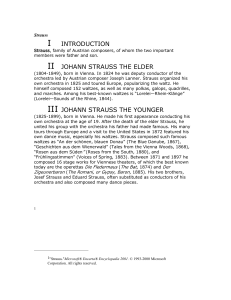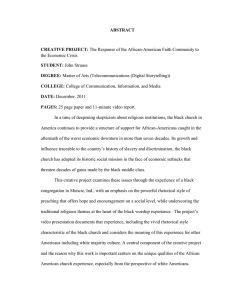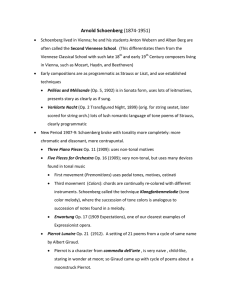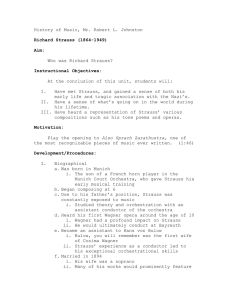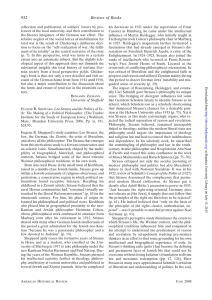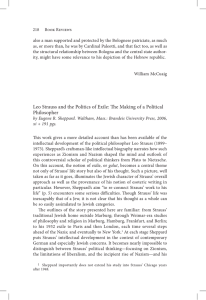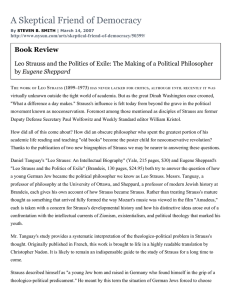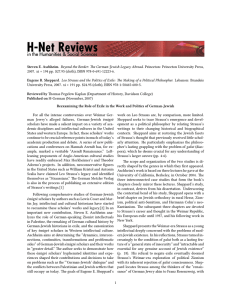Late Romantics: Richard Strauss (1864‐1949)
advertisement
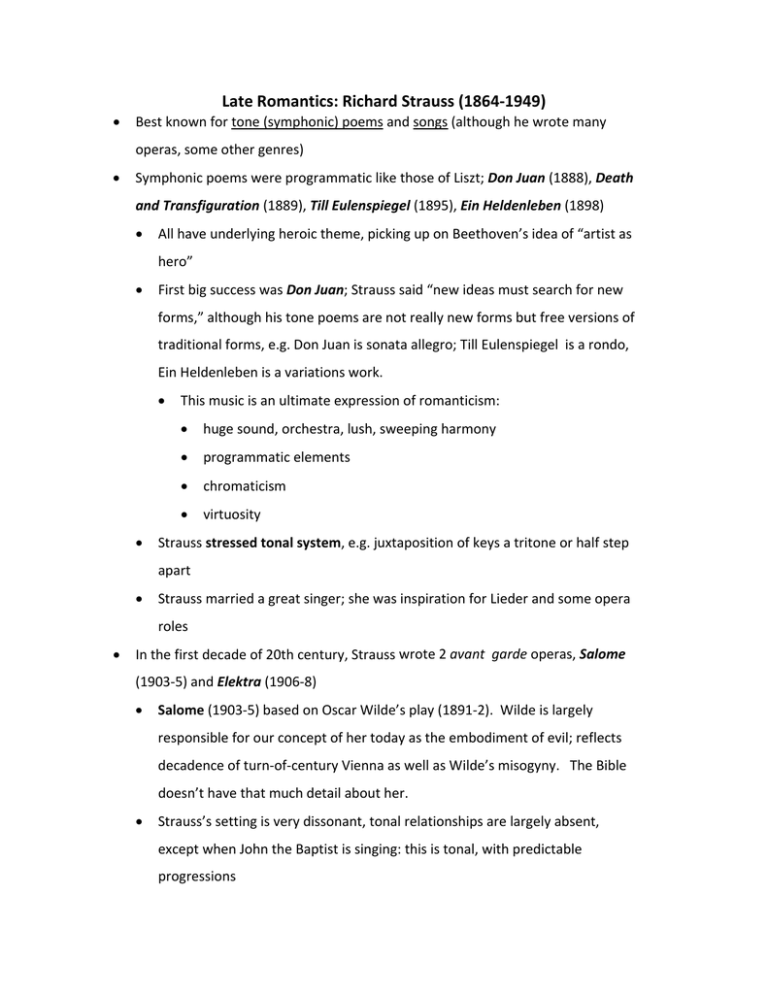
Late Romantics: Richard Strauss (1864‐1949) Best known for tone (symphonic) poems and songs (although he wrote many operas, some other genres) Symphonic poems were programmatic like those of Liszt; Don Juan (1888), Death and Transfiguration (1889), Till Eulenspiegel (1895), Ein Heldenleben (1898) All have underlying heroic theme, picking up on Beethoven’s idea of “artist as hero” First big success was Don Juan; Strauss said “new ideas must search for new forms,” although his tone poems are not really new forms but free versions of traditional forms, e.g. Don Juan is sonata allegro; Till Eulenspiegel is a rondo, Ein Heldenleben is a variations work. This music is an ultimate expression of romanticism: huge sound, orchestra, lush, sweeping harmony programmatic elements chromaticism virtuosity Strauss stressed tonal system, e.g. juxtaposition of keys a tritone or half step apart Strauss married a great singer; she was inspiration for Lieder and some opera roles In the first decade of 20th century, Strauss wrote 2 avant garde operas, Salome (1903‐5) and Elektra (1906‐8) Salome (1903‐5) based on Oscar Wilde’s play (1891‐2). Wilde is largely responsible for our concept of her today as the embodiment of evil; reflects decadence of turn‐of‐century Vienna as well as Wilde’s misogyny. The Bible doesn’t have that much detail about her. Strauss’s setting is very dissonant, tonal relationships are largely absent, except when John the Baptist is singing: this is tonal, with predictable progressions The opera uses some Leitmotives, not as systematic as some of Wagner’s music dramas, but still unifying the work throughout. Elektra is even more organized with Leitmotives; also just as bloody and perverse, just as dissonant and experimental After this, Strauss drew back from atonality, in fact participated in a new trend, neo‐classicism
